The AMD Radeon R9 380X Review, Feat. ASUS STRIX
by Ryan Smith on November 23, 2015 8:30 AM EST- Posted in
- GPUs
- AMD
- Radeon
- Asus
- Radeon 300
Meet the ASUS STRIX R9 380X OC
For the launch of the Radeon R9 380X AMD sampled us with ASUS’s STRIX R9 380X OC. Arguably the highest-end of the R9 380X launch cards, the STRIX R9 380X OC comes with a factory overclock tied for the largest of any R9 380X and a further optional overclock for $259.
| Radeon R9 380X Cards | ||||
| ASUS STRIX R9 380X OC | Reference R9 380X | |||
| Boost Clock | 1030MHz / 1050MHz (GPUTweak OC) |
970MHz | ||
| Memory Clock | 5.7Gbps GDDR5 | 5.7Gbps GDDR5 | ||
| VRAM | 4GB | 4GB | ||
| Length | 10.75" | N/A | ||
| Width | Double Slot | N/A | ||
| Cooler Type | Open Air | N/A | ||
| Price | $259 | $229 | ||
The STRIX R9 380X is the latest entry in ASUS’s popular STRIX family of cards. At one point STRIX was ASUS’s brand for upscale video cards, occupying a slot between their standard cards and their high-end Republic of Gamers cards, but at this point with the majority of ASUS’s cards falling under the STRIX branding, it arguably has transformed into what is their de facto mainstream lineup of video cards.
The STRIX R9 380X OC ships at 1030MHz for the core clock, a 60MHz (6%) boost over the reference R9 380X. On top of that ASUS offers a pre-programmed 1050MHz mode via their GPU Tweak software, though a further 20MHz overclock is going to be pretty small in the long-run. Otherwise ASUS only touches the GPU clockspeed, leaving the memory clock at AMD’s default of 5.7Gbps. Out of the box, the STRIX R9 380X OC is going to be around 4% faster than a reference R9 380X card.
Like the other STRIX cards we’ve looked at this year, ASUS has been focusing on workmanship and a common visual theme for these cards. The STRIX R9 380X OC features a version of one of ASUS’s DirectCU II coolers, combining an oversized fan assembly with a 3 heatpipe heatsink assembly. The fan assembly in turn uses a pair of the company’s “wing-blade” fans, each measuring 94mm in diameter and giving the fan assembly its overall large size.
As is usually the case on ASUS cards, the STRIX R9 380X OC implements ASUS’s variation of zero fan speed idle technology, which the company calls 0dB Fan technology. While ASUS is no longer the only partner shipping zero fan speed idle cards, they are still one of the most consistent users of the technology, and surprisingly we still don’t see this in every open air card released on the market.
Sitting below the fan assembly, the DirectCU heatsink being used in ASUS’s 380X card is a typical tri-pipe configuration. The aluminum heatsink runs virtually the entire length of the card – and past the PCB – with a pair of 8mm heatpipes and a 10mm heatpipe providing additional heat transfer between the Tonga GPU and the rest of the heatsink. ASUS’s design doesn’t make contact with anything other than the GPU – so the GDDR5 RAM chips sit uncovered – with the airflow coming through the heatsink being sufficient to cool those chips.
Moving on to the PCB, ASUS has implemented their standard Super Alloy family of MOSFETs, capacitors, and chokes. ASUS uses an 8 phase VRM system here, taking advantage of the already oversized fan assembly to allow them to use a slightly taller than normal PCB to fit all of the power phases.
Flipping over to the back side of the card, we find a full-size backplate running the length of the card. There are no critical components on the back of the card, so while the backplate doesn’t provide any cooling it does serve to protect the card and reinforce it against bending. To that end a small lip extends past the backplate and meets up with the heatsink, preventing the heatsink from flexing towards the board. Small details such as these are why the STRIX cards have consistently been the most solid of the custom cards to make it through our hands this year, as the card is well-supported and isn't free to warp or bend.
Looking at the back we can also see the two 6-pin power connectors used to supply additional power to the card, along with the red and white power LEDs for each connector. Like some of their other cards, ASUS has flipped the PCIe power connectors so that the clip is on the back side of the card, keeping the clip clear of the heatsink and making it easier to plug and unplug the card. On a side note, I suspect this will be one of the last cards we review with two 6-pin connectors rather than a single 8-pin connector. Though electrically equivalent (150W), we’re already seeing cards like the R9 Nano shipping with the single 8-pin connector, and dual 6-pin connector cards will become increasingly rare.
As for Display I/O, ASUS is using a rather typical 1x DL-DVI-I, 1x DL-DVI-D, 1x DisplayPort, 1x HDMI port configuration. Multiple DVI ports, though not in any way petite, have been a common fixture on sub-$250 cards this generation and will likely remain that way for some time to come due to slower adoption of newer display I/O standards in the APAC market, which only recently has finally seen analog VGA phased out.
Finally, on the software front, the STRIX R9 380X OC includes ASUS’s GPU Tweak II software. The software hasn’t significantly changed since we last looked at it in July, offering the basic overclocking and monitoring functions one would expect from a good overclocking software package. GPU Tweak II allows control over clockspeeds, fan speeds, and power targets, while also monitoring all of these features and more.
Wrapping things up, as briefly mentioned earlier the STRIX R9 380X OC is the most expensive of the R9 380X launch cards. ASUS is charging a $30 premium for the card over AMD’s reference MSRP, putting the price at $259. Premium, factory overclocked cards aren’t anything new, but it does mean ASUS is in a bit of a precarious spot since the much more powerful Radeon R9 390 cards start at $289, meaning the premium price further amplifies the spoiler effect of the R9 390.


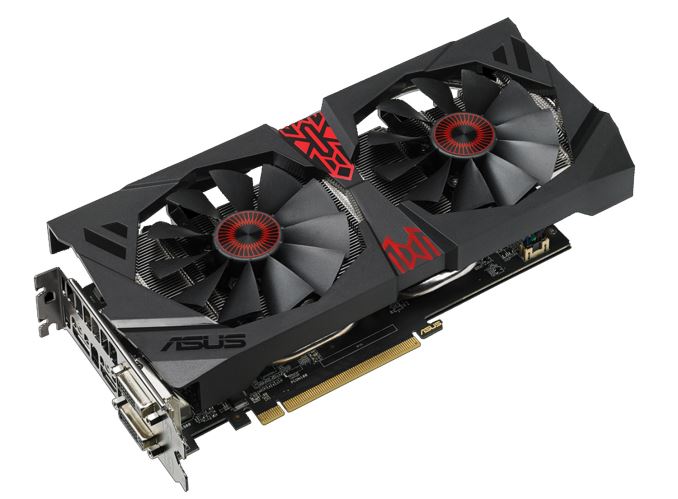
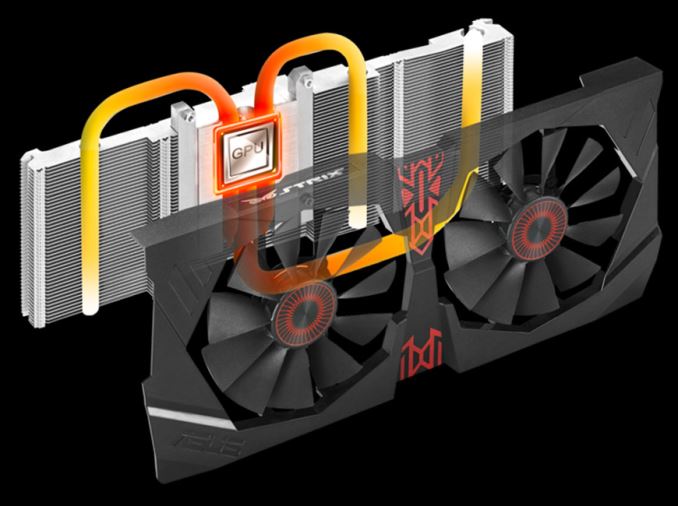
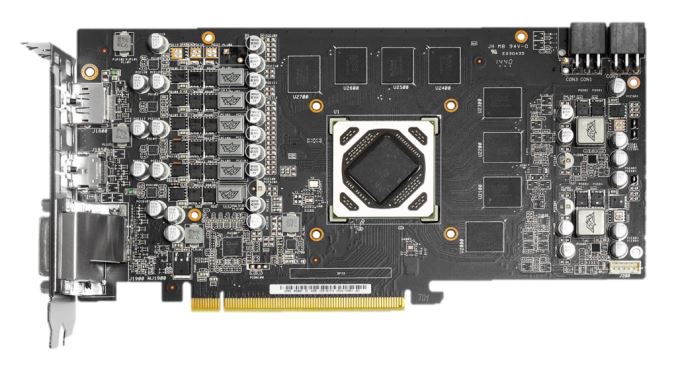
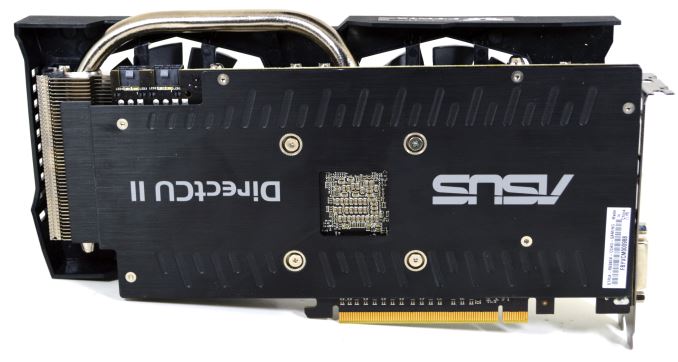

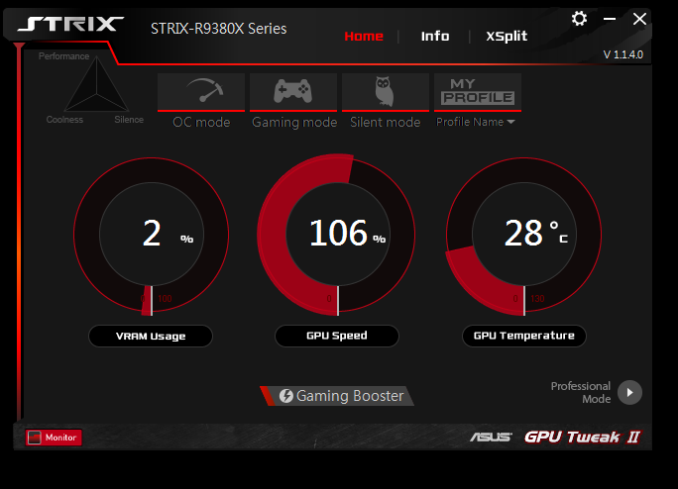








101 Comments
View All Comments
SpartyOn - Monday, November 23, 2015 - link
My 770 is at 1400 MHz core / 7940 MHz memory; trust me, neither the GTX 960 or this 380x are beating me and I'm not digging into my wallet until Pascal comes out. It was tough when the GTX 980 Ti was released, but I'm sticking to my guns.At 1080p, which is where the 960 and 380x should be competing (because if you buy either of these for 1440p+, you're a moron), if they had gotten a 960 4GB for comparison, there wouldn't be much difference. You can get a 960 4GB, which is a one year old card, for less than $200 and it's essentially just as good at stock. The few frames the 380x wins in this review is mostly due to the VRAM limit on the 960 2GB.
Plus you can overclock a 960 to insane levels, so why spend $229 on the 380x when you can spend $180 on a GTX 960 4GB and overclock it if you want more speed?
Sushisamurai - Monday, November 23, 2015 - link
Errr... Isn't the 960 a rebadge of the 770?Sushisamurai - Monday, November 23, 2015 - link
Note: rebadge in the sense that the hardware is super similar, minus the maxwell gen 2 featuresSushisamurai - Monday, November 23, 2015 - link
Oops I lied. The 770 is not comparable to the 960; I'm assuming it's better. Mind u, the 280X and 770 were comparable back in the day.silverblue - Monday, November 23, 2015 - link
Yep, as the 770 is essentially a tweaked 680, which traded blows with the 7970/7970GE,CiccioB - Tuesday, November 24, 2015 - link
The sad thing is how all you make comparisons on this kind of technology. GPU scales well when made fat. So the point of "performance" is really moot when doing comparisons. It's like saying that the 750Ti is the same as a GTX480 because they perform similarly.This card (like all the new AMD 300 series) are simply fat, bloated, clocked at their limit GPUs that are sold under cost to compete with smaller more efficient architectures created by the competition (that is selling them at premium prices).
This 380X card is a complete fail in trying to make AMD advance in its fight. Competition has done marvelous things meanwhile: they came with a GPU, the GM106, which is half the GK104 in term of size and power consumption, and has the same performances. This is the progress the competition did while AMD passed from GCN 1.0 to GCN 1.2, which has only few tricks and hacks but nothing really good to bring that already obsolete architecture to the new level of competition.
Sorry, but if you are excited by this kind of "evolution" and you do not understand where this has brought "your favorite company" to, you really deserve to stay a generation back in terms of innovations. And be happy of this Tonga which will be sold for few bucks in few month and be completely forgotten when Pascal will annihilate it at it first iteration.
britjh22 - Monday, November 23, 2015 - link
Comparing a 2.5 year old card that cost $450-500 against a $230 card.... and complaining if AMD is even trying... your bias is showing sir. You shouldn't feel the need to upgrade yet in my opinion, unless of course your card is being crippled by NVIDIA's drivers, whoops!tviceman - Monday, November 23, 2015 - link
GTX 770 launched at $399, not $450. Interestingly, the GTX 770 was a smaller chip and drew less power. So, tossing the consumer economics aside, SpartyOn raises a good point.britjh22 - Monday, November 23, 2015 - link
The 770 2GB launched at $399, but the 4gb launched at anywhere from $450 to $500 depending on the model.200380051 - Monday, November 23, 2015 - link
The power consumtion of the 380X under load is lower with Furmark than it is with Crysis 3, while it is the opposite with the GTX 960. Any thoughts on that?